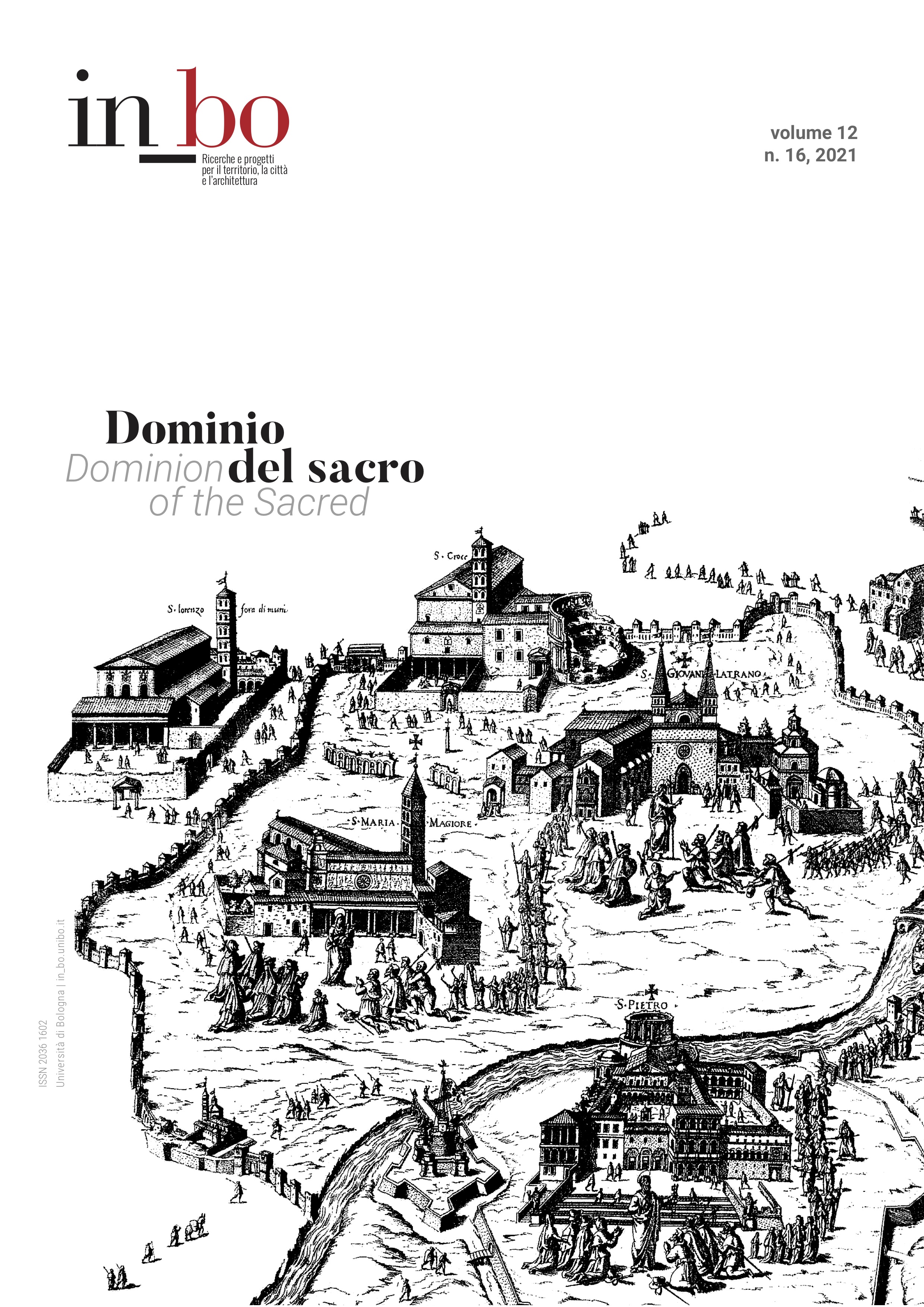The Control over Boundaries of Sacred Space: Ecclesiastical Architecture and Cities in Eighteenth-Century Savoyard State
DOI:
https://doi.org/10.6092/issn.2036-1602/12857Keywords:
Sacred space, city, church, Savoyard State, boundaryAbstract
In the Modern Age the relationship between ecclesiastical architecture and the city was regulated by symbolic and material boundaries. These were aimed at reaffirming the sacredness of the physical place, connected to the real presence of Christ in the sacrament of the Eucharist, according to the dictates of the Council of Trent. Such boundaries also identified jurisdictional, proprietary and fiscal privileges. In fact, ancient rights of immunity, considered inviolable, characterized the ecclesiastical spaces: rights of real immunity, which excluded ecclesiastical property from the payment of tax burdens; rights of local immunity, linked to the ancient privilege of asylum. Walls, gates, doors, parvises, steps, were therefore configured as real borders, around which the political-legal action of secular magistrates concentrated, intended to defend the prerogatives of the sovereign on the territory and cities. This study proposes a reflection about the relationship between the presence of the sacred, space border and forms of representation in the Modern age. For this purpose, the essay will consider eighteenth-century Savoyard State as field of observation. In such a context, the relationship between State and Church and the political struggle against privileges and immunities generated tensions, which, in turn, were projected on ecclesiastical spaces.
Downloads
Published
How to Cite
Issue
Section
License
Copyright (c) 2021 Walter Leonardi

This work is licensed under a Creative Commons Attribution-NonCommercial 3.0 Unported License.





